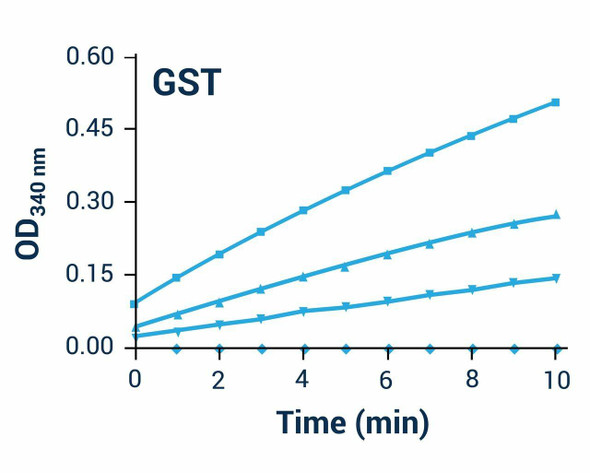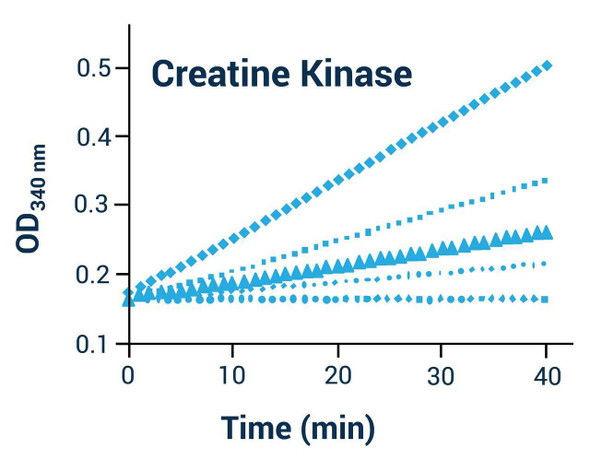Lipase Activity Assay Kit (Colorimetric) (BA0052)
- SKU:
- BA0052
- Product Type:
- Assay
- Detection Method:
- Colorimetric
- Instrument:
- Microplate Reader
- Sample Type:
- Serum, Plasma, Saliva, Urine
- Research Area:
- Lipid Metabolism
- Diabetes & Obesity
- Plant & Environmental Stress
- Enzyme Activity
- Clinical Chemistry
Frequently bought together:
Description
Lipase Activity Assay - Information
Assay Genie's Lipase Assay (Colorimetric) is based on an improved dimercaptopropanol tributyrate (BALB) method, in which SH groups formed from lipase cleavage of BALB react with 5,5'-dithiobis(2-nitrobenzoic acid) (DTNB) to form a yellow colored product. The color intensity, measured at 412 nm, is proportionate to the enzyme activity in the sample.Applications
For quantitative determination of lipase activity.Lipase Activity Assay - Key Features
- Sensitive and accurate. Linear detection range 40 to 1600 U/L lipase activity in 96-well plate assay.
- Convenient and high throughput. The procedure involves adding a single working reagent, and reading the optical density at 10 min and 20 min at room temperature or 37°C. Can be automated to process thousands of samples per day.
Lipase Activity Assay -Data Sheet | |
| Method of Detection | OD412nm |
| Detection Limit | 40 U/L |
| Samples | Serum, plasma, saliva, urine etc |
| Species | All |
| Protocol Length | 20 min |
| Size | 100 tests |
| Shelf Life | 12 months |












